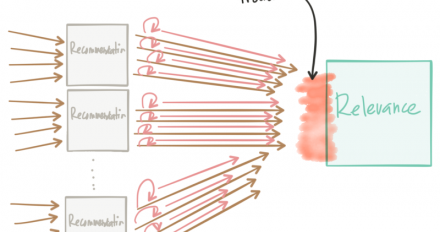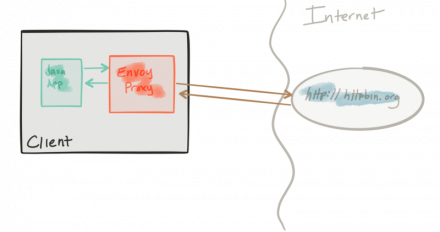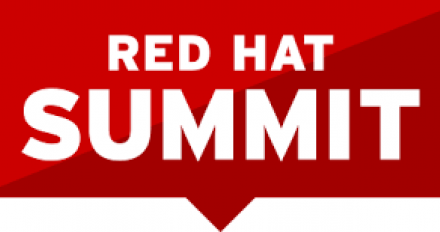
From legacy to microservices: Lessons learned on the road to success by Miles & More
Watch Matthias Krohnen, Manager IT, Lead Innovation Lab, Miles & More GmbH, Torben Jaegar, Middleware Specialist Solution Architect, Red Hat, and Pagop, Middleware Sales Specialist, Red Hat speak in this breakout session at Red Hat Summit 2017. With over 29 million participants, Miles & More is the largest frequent flyer program in Europe. Expanding this travel rewards program into other markets required a fundamental change to the company's IT infrastructure, as the previous legacy environment was hard to maintain and not scalable. Miles & More chose to move to a microservices-based architecture built on Red Hat OpenShift. With this new environment, the company can support innovation and deploy new microservices into production within 5 days with zero downtime. Learn more about how Miles & More modernized their application development environment and process. Learn more: https://www.redhat.com/en/summit/2017/agenda/sessions
























